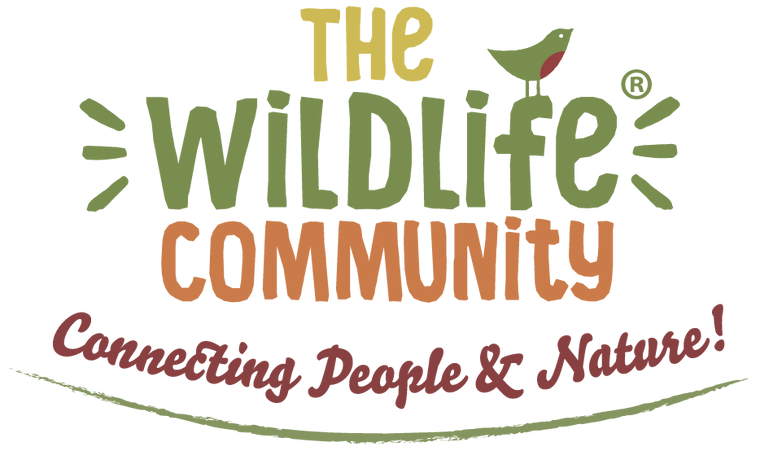
How to Grow a Wildflower Patch
Planting native wildflower seeds in your garden is an incredibly beneficial act for the wildlife visiting it, and it turns into a stunning display of colour for your benefit as well. "If you are lucky enough to have any patch of ground, then there's loads of opportunity to work the ground, get your physical exercise, and do something for the wildlife in your garden." says Simon. Simon has a patch of ground in his back garden which he turned into a small wildflower meadow back in 2020 when we were in the middle of lockdown. Quite quickly, the seeds began to germinate. You can watch the video below to see how he did it: "I have planted some cornfield annuals like poppies, corncockle, cornflower and corn chamomile, and then in the mix also lots of perennials like knapweed and wild carrot. Loads of different flowers that hopefully will all germinate over time and provide a succession of different flower opportunities for the wildlife in the garden. The butterflies, the bees and the other pollinators.
How to plant wildflower seeds
Ideally you are looking for a sunny spot. You don't need particularly healthy soil, wild flowers will grow in fairly nutrient poor soil, and you won't need any fertilisers. Try to clear any weeds first or existing grasses, as these can compete with the growth of your wildflower seeds. Then lightly turn over the soil to create a fine tilth before scattering the seeds across the patch. One of our seed packs will cover a 2 metre square area. The seeds are very small so scatter them slowly ensuring you don't accidentally drop large amounts in one space together. Gently press the seeds down to get a good seed to soil contact and then lightly cover them with finely crumbled soil or rake over some soil. The size of the seeds means they don't need to be buried deep. And of course, give them a good drink of water. They should germinate within a month or two, so you are best to plant them in early spring as long as we're not expecting any big frosts. You can also plant them in the autumn for the earliest displays of colour the following year and to help insects appearing early in the season. You will need to keep watering the soil for the best possible outcome for your seeds.

What if I don't have a garden?
Wildflower seeds can be grown in pots on a patio or balcony, or in fact in a window box. We often see the phrase 'wildflower meadow' but this shouldn't dissuade you from trying to grow wildflowers if you don't have a lot of green space. Any small plot or pot will do. You can also grow them around the edge of your allotment. Or try to encourage your local Parish or Town Council to plant a wildflower meadow for the whole village or town to enjoy.
Should I mow my wildflower patch?
We would encourage you to leave your wildflower patch as long as you can. Although the long stems will turn brown and wild-looking, and will not be so attractive for you and your neighbours, they are incredibly attractive for wildlife. Firstly the seeds will be devoured by your garden birds. Goldfinches, chaffinches and siskins will all enjoy feeding on the seeds produced by your wildflower meadow. Other species, including robins, wrens and blackbirds will also enjoy eating the insects which have made your patch their home. During the much colder months, invertebrates will use it to over-winter, providing vital habitat.
As Simon advises, we always wait until January to cut back any wildflower plants. "There comes a time when it is wise to cut it, to encourage really strong flower growth for next year. I cut it quite hard. Take the top off, put all the long material in the compost. The go over it with the mower on a high cut first of all. Leave it a day or two and then cut it really tight before the first strong growth of spring. "That way you end up with a much greater chance of really lush wildflower growth once the air warms up again." Remember not to burn any of your cuttings as there may be insects living within it. Just pop it on the compost heap.
How can I buy wildflower seeds?
We have a number of different wildflower seed packets available to buy. Each of our packets is designed to attract a different species of wildlife to you garden, whether that be solitary bees, bumblebees or birds. Inside you will also find a laminated guide to that species you might attract. So that when the time comes for your flowers to be in bloom, and your wildlife buzzing about, you can start to learn about who is visiting and benefitting from your hard work!
Shop Wildflowers Seeds for Solitary Bees >>


